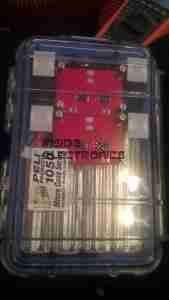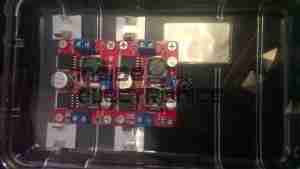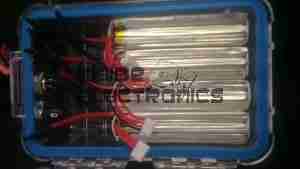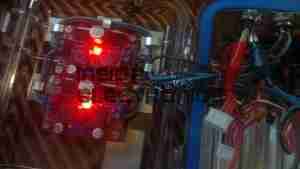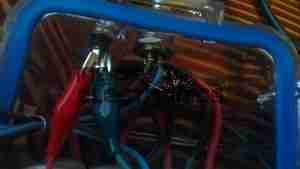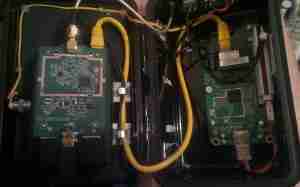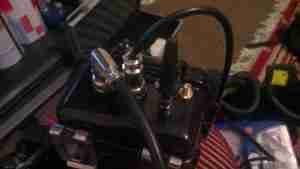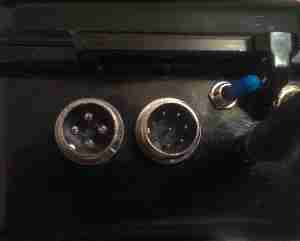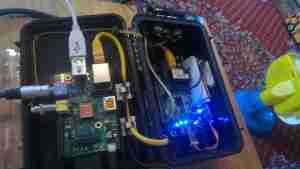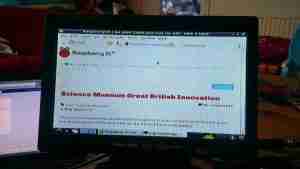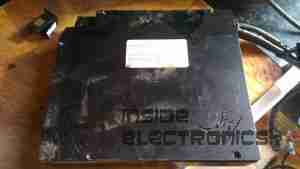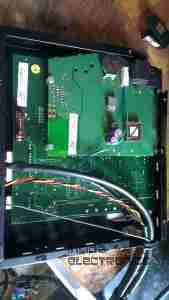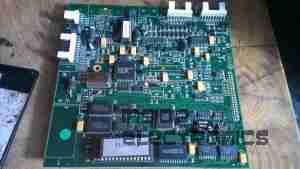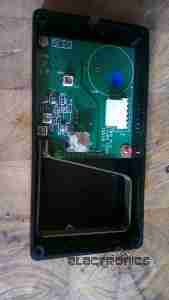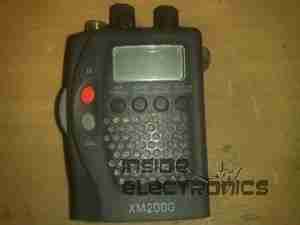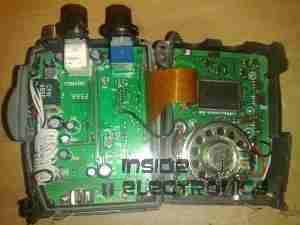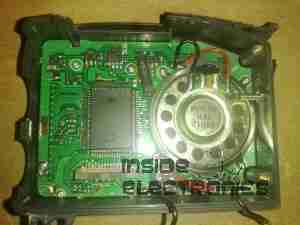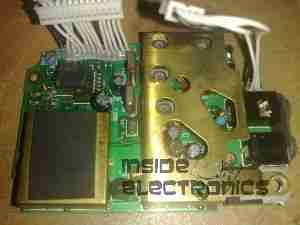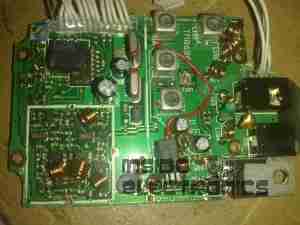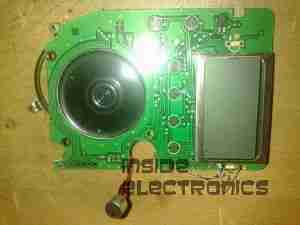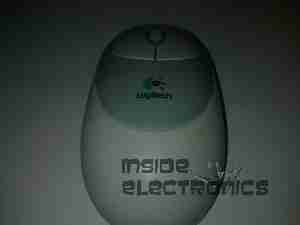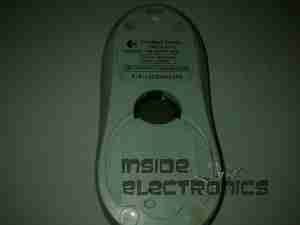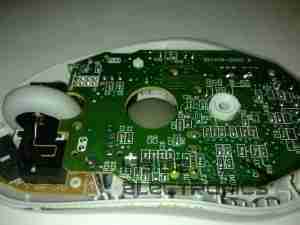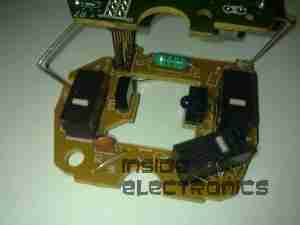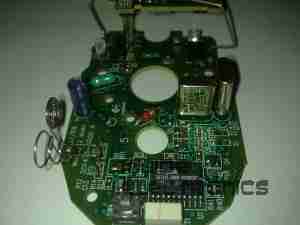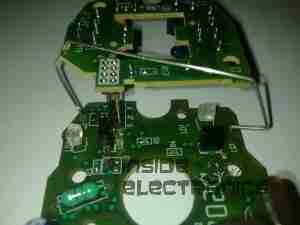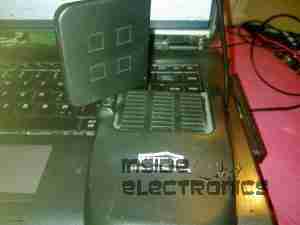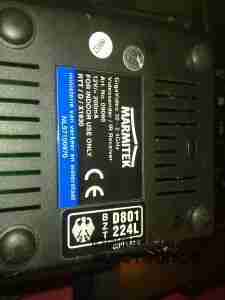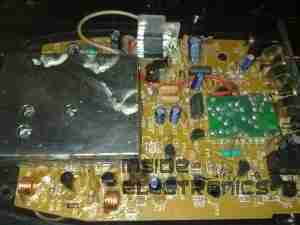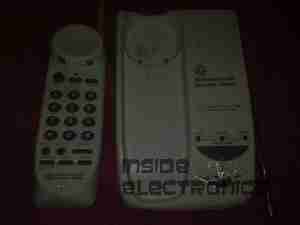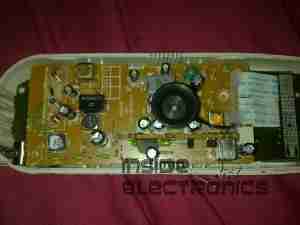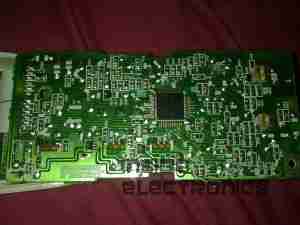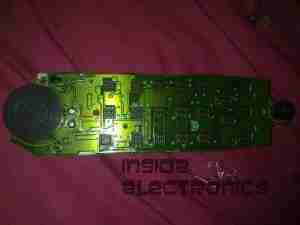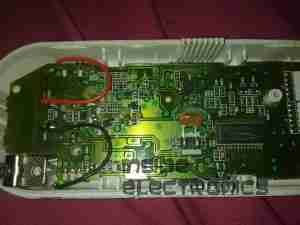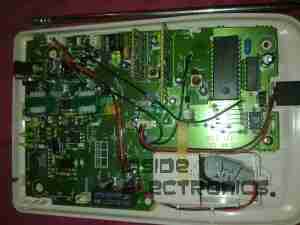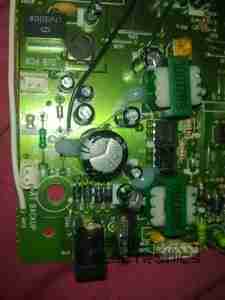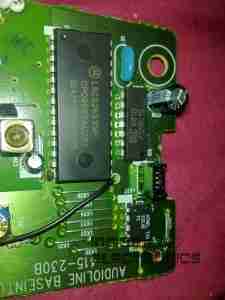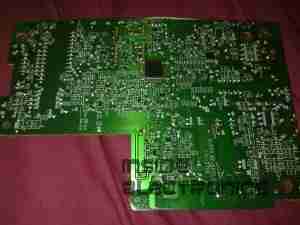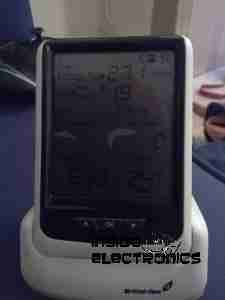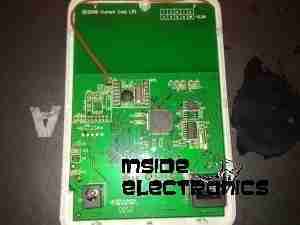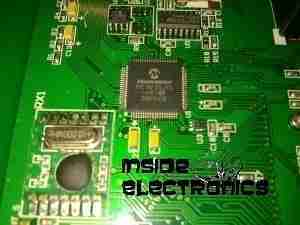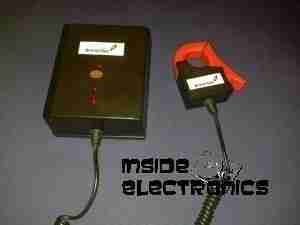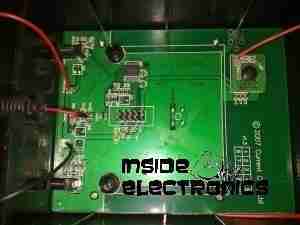Reprinted from The Pirate Bay. Thought this deserved as much net coverage as possible.
February 2011, MAFIAA Lobbyists began a massive attack against the European Union.
Defending the union were seeds and peers of The Pirate Bay along with the Telecomix, Anons, and the Pirate parties. The MAFIAA relied on an aggressive battle plan, utilizing modern communications such as radio and telefax to direct troops in the field. The Allies, for their part, assumed a defensive posture, just as they had done at the start of World Internets War of 2003, and in many cases still relied on irc.
As a result, the MAFIAA blitzkrieg caught the Allies off-guard. MAFIAA’s smooth talks and bribes against key players in the EU staged a surprise attack, then turned northward and soon surrounded the bulk of the EU headquarters in Belgium.
After just a few weeks of battle, MAFIAA’s armies had conquered the right, the left and the liberal parties.
I expect that the Battle of Internets is about to begin. Upon this battle depends the survival of an Uncensored civilization! Upon it depends our own free life, and the long continuity of our sites and our trackers. The whole fury and might of the enemy will very soon be turned on us.
MAFIAA knows that they will have to break us in Brussels or lose the war. If we can stand up to them, all Europe may be free and the life of the world may move forward into broad, sunlit uplands. But if we fail, then the whole world, including all that we have known and cared for, will sink into the abyss of a new Dark Age made more sinister, and perhaps more protracted, by the lights of perverted science.
Let us therefore brace ourselves to our duties, and so bear ourselves that if the free internets and its multitude of sites last for a thousand years, citizens will still say, This was their finest hour.
Yours, Winston Bay.
Full news article here.
